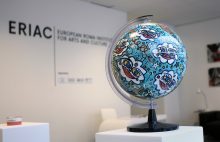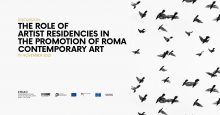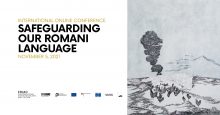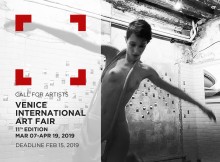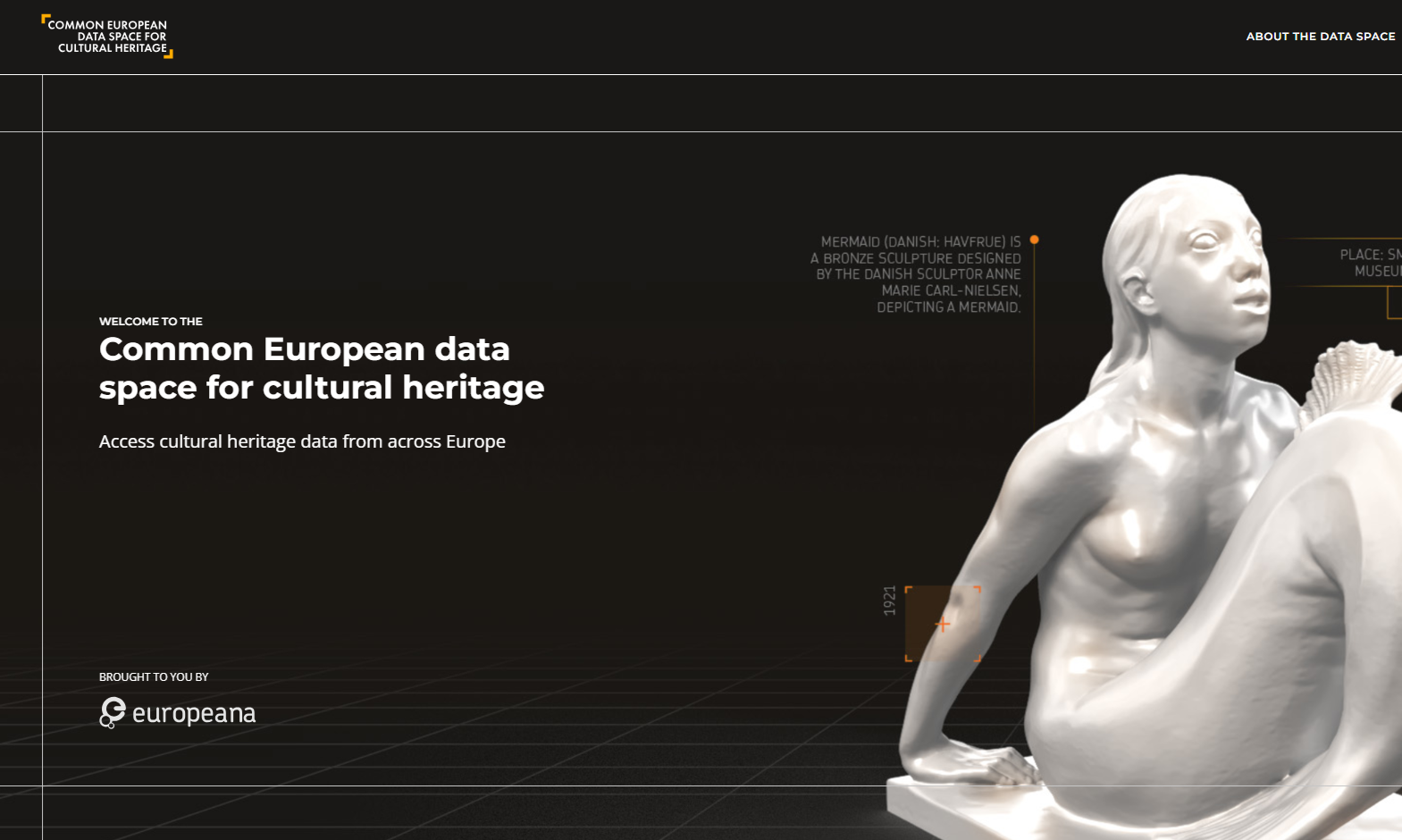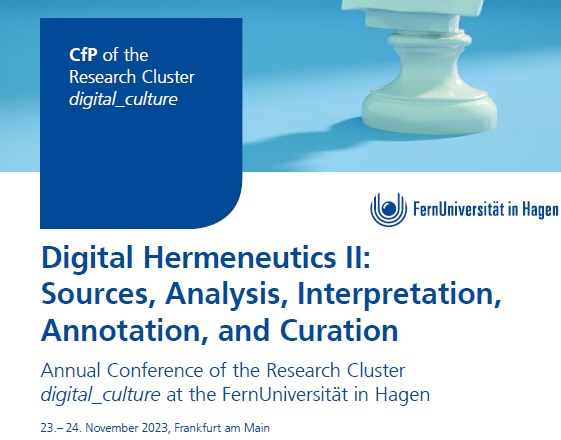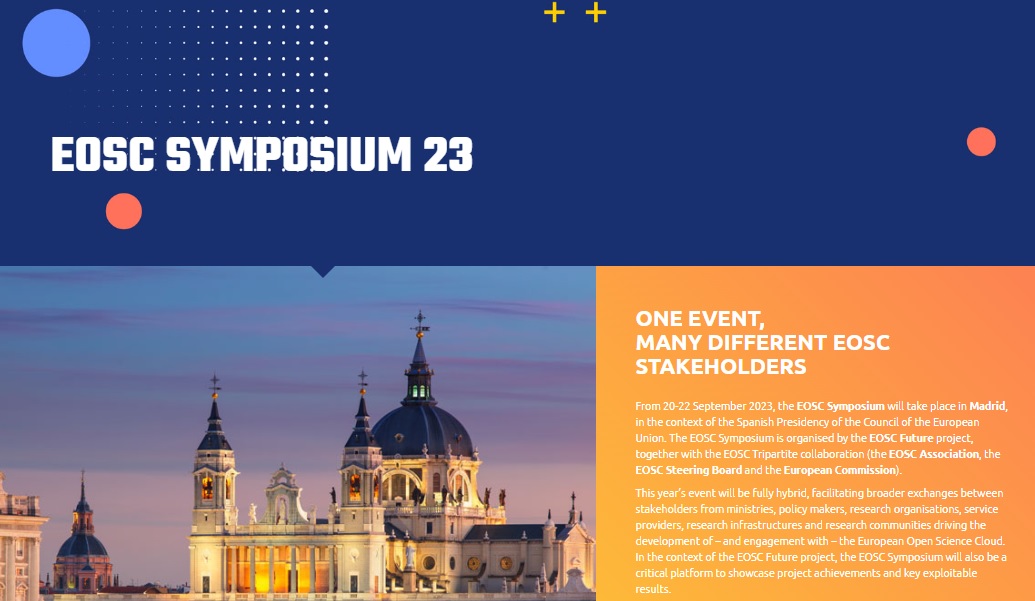WEAVE project is organizing a series of LabDays to engage communities with their tangible and intangible heritage.
In this LabDay organized by partner ERIAC, a discussion is launched to promote a more permanent exhibition of Roma art and heritage in the context of the prestigous Venice Contemporary Art Biennale.
Date: 11th October 2021
Time: 14:00 – 16:00 CET via Zoom
All information and registration link is available at: https://weave-culture.eu/2021/09/09/weave-labday2/
FaceBook Event: https://fb.me/e/1eyWfEhZq
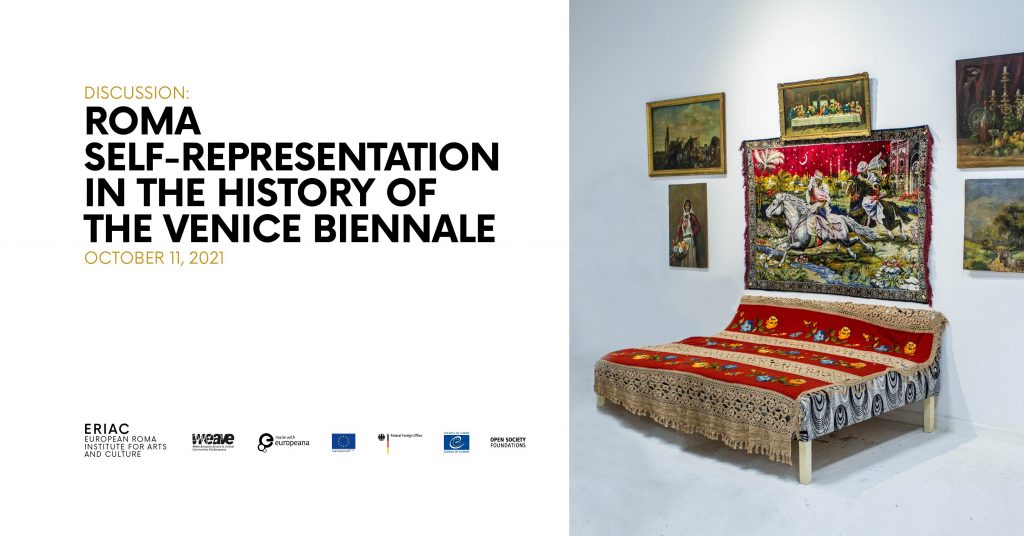
In the past there have been various exhibitions of Roma culture at Venice Biennale, in 2007, 2011 and 2019, which represent the greatest efforts ever made by Roma to present Roma art in an international stage in the center of contemporary cultural diplomacy.
2007: The First Roma Exhibition was established in 2007 in the frame of the 52nd Venice Contemporary Art Biennale. The exhibition, entitled Paradise Lost, curated by Tímea Junghaus, included the work of 16 Roma artists from eight European countries. It was a stance and claim in the existing frame of European Roma representation, and it proposed a transnational, contemporary and up-to-date vision for thinking about the Roma experience. It had over 200,000 visitors. The location was Palazzo Pisani S. Marina (piano nobile), Venezia, Cannaregio 6103, Calle delle Erbe, Opening period: 10 June to 21 November 2007.
In 2011, at the 54th Venice Contemporary Art Biennale, Maria Hlavajova curated the exhibition Call the Witness (based on Suzana Milevska’s original idea), with a flux of live “testimonies”— works of art, performances, talks, and conversations by and with artists, thinkers, and politicians. It engaged many distinguished non-Roma artists, writers, and curators, including Salman Rushdie and Arnout Mik. The location was Palazzo Zorzi, UNESCO Venice Office, Castello 4930, Venice, Opening period: 1 June to 9 October 2011.
2019: FUTUROMA, curated by Daniel Baker, opened in 2019 within the 58th Venice Contemporary Art Biennale. FUTUROMA featured 14 Romani artists from eight countries: Celia Baker, Ján Berky, Marcus-Gunnar-Pettersson, Ödön Gyügyi, Billy Kerry, Klára Lakatos, Delaine Le Bas, Valérie Leray, Emília Rigová, Markéta Šestáková, Selma Selman, Dan Turner, Alfred Ullrich, László Varga. The exhibition examined the role of art in the enactment of social agency through an eclectic practice interrogating contemporary art discourse and its social implications via the reconfiguration of elements of the Roma aesthetic. The location was Dorsoduro 417 (Zattere), Fondamenta Zattere Allo Spirito Santo 417, Opening period: 11 May to November 24, 2019.
In the lack of collecting, archiving and museum institutions to house artefacts once these Roma exhibitions are dismantled, their histories become vulnerable and their achievements carry on only as interpersonal – and later transgenerational knowledge, which slowly – with the means of digital remembrance – constitute a new form of intangible cultural heritage. The Roma exhibitions are not connected to the prestigious locations, and known spaces of the Venice Biennale, but to the non-spaces of digital-discussions, oral histories, letter and in-person exchange, archival documents and digital exhibitions.
The “Exhibition” of the largest European minority is considered a “collaborative event”, and not a national pavilion. Roma do not have a national pavilion/building/space, while being the largest national minority to many of the exhibiting national representations. As a consequence, the precarious Roma minority’s presence at the Biennale is possible only if Roma pay the entrance fee as a collaborative event (30,500 Euros) to the Biennale Office, in addition to spending to rent the exhibition space in Venice. In these circumstances, the chance for permanent, tangible representation of Roma in the most prestigious European art event is unimaginable.
The Labday discussion mitigates the need for a permanent Roma Pavilion as the place to motivate the development of innovative projects and experimental cross-disciplinary work of Roma. In the context of the Venice Biennale, the Roma Pavilion has the potential to become the safe space won by the Roma struggle, a place of intuition, new ideas, discourses, and trends in European contemporary art.



